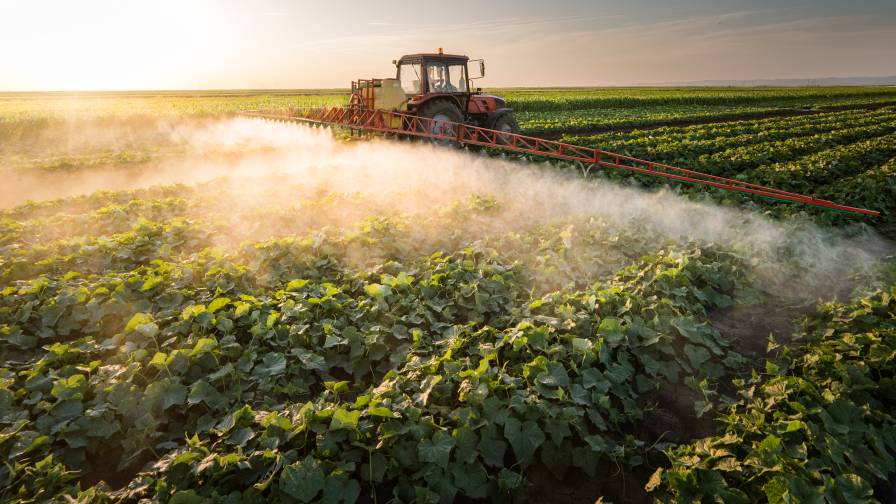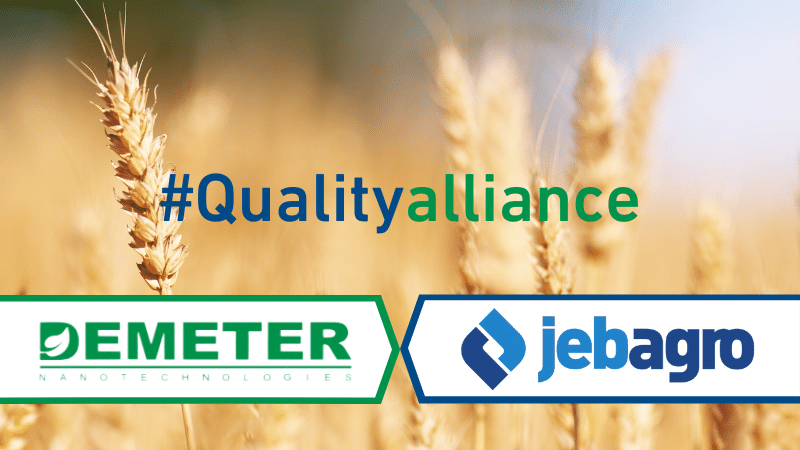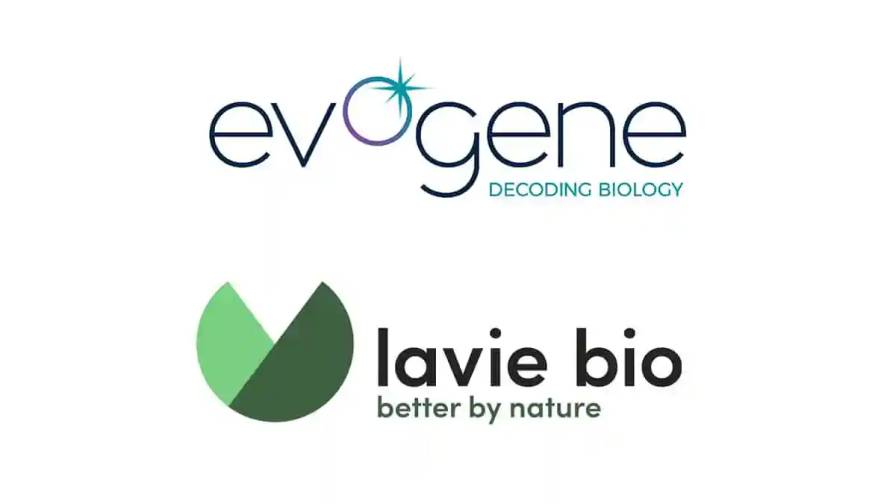Federal Insecticide, Fungicide and Rodenticide Act
The Federal Insecticide, Fungicide and Rodenticide Act as Amended (FIFRA) is the basis for the regulations governing the distribution, sale, and use of pesticides in the United States. In December 1970, the Environmental Protection Agency (EPA) was established and given responsibility for administering the regulations governing pesticides. From 1947 until the formation of EPA, the U.S. Department of Agriculture (USDA) had this responsibility.
FIFRA grants the states significant latitude in regulating the distribution, sale, and use of pesticides. It is important to appreciate that many of the federal laws have comparable state laws which require compliance.
A pesticide, as defined by FIFRA, includes “any substance or mixture of substances intended for preventing, destroying, repelling or mitigating any pest, and any substance or mixture of substances intended for use as a plant regulator, defoliant, or desiccant.” This definition is broad and comprehensive.
EPA defines registration as the “formal listing with EPA of a new pesticide before it can be sold or distributed in intrastate or interstate commerce.” This premarketing licensing by EPA is based on data “demonstrating that the pesticide will not cause unreasonable adverse effects on human health or the environment when it is used according to approved label directions.” It also considers economic and social costs and benefits. Under FIFRA, it is the responsibility of the applicant to demonstrate that the pesticide product meets all requirements for registration.
It is imperative to note that a pesticide must be registered with the appropriate state agency in each state before it can be marketed or used.
Office Of Pesticide Programs
The Office of Pesticide Programs (OPP) administers the regulations governing pesticides.
A pesticide registration packet is available from OPP. This packet includes FIFRA as Amended, a listing of key contacts in OPP, various forms necessary for registering or maintaining a registration, and key PR (Pesticide Regulation) Notices which are relevant to the registration process. Product Managers or Regulatory Action Liaisons in OPP are responsible for specific pesticides or groups of pesticides. The Registration Division handles the registration of conventional pesticides and the Biopesticide and Pollution Division handles biopesticide registrations.
Types Of EPA Registrations
There are five different types of pesticide registrations that allow a registrant to legally market its pesticide. Each of these registrations is discussed below.
Section 3 Registration
A Section 3 registration offers the registrant the most flexibility. To obtain a Section 3 registration, a registrant must submit data to support its registration and/or cite data submitted by others to support its registration (cite-all) and/or a combination of both (selective citation). Product chemistry data are required for all options. If data are cited and the data were submitted less than 15 years prior to the registrant’s submission, then the registrant may be required to pay compensation for the use of the data. Registrant may use any source of active ingredient, as long as EPA has approved the source. The registrant may allow other registrants to obtain a formulator’s exemption registration or distributor’s registration based on its registration.
Formulator’s Exemption Registration
A formulator’s exemption registration has two key components. The registrant must identify a registered (Section 3) source of active ingredient and must come to a business arrangement with the registered source to supply the active ingredient. No data are required to be submitted or cited to support a formulator’s exemption for an active ingredient. Product specific data may be required to support a formulated product.
Distributor’s Registration
A distributor’s registration may be obtained via notification by completing and submitting the “Notice of Supplemental Registration of Distribution” (EPA Form 8570-5). The distributor product must have the same composition as the basic registered product. The distributor brand product must be manufactured and packaged by the same person who manufactures and packages the registered basic product. The labeling for the distributor product must bear the same claims as the basic product. Specific label claims may be deleted if by doing so no other label changes are necessary. The product must remain in the manufacturer’s unbroken container. The label must bear the EPA registration number of the basic registered product, followed by a hyphen and the distributor’s company number.
Distributor products must bear the name and address of the distributor qualified by such terms as “packed for,” “distributed by,” or “sold by” to show that the name is not that of the manufacturer. Revisions in the distributor’s registration must be done through the basic registrant.
Special Local Need (Section 24(c)) Registration
A special local need (SLN) registration may be obtained by applying to the pesticide regulatory authorities in the state where a need exists. If a SLN exists in multiple states, then applications must be made separately to each state. A SLN must be for a product for which a federal registration (Section 3 or formulator’s exemption) exists. If the SLN registration is for a food or feed use, a tolerance or exemption from the requirement of tolerance must exist for that food or feed use.
Once the state approves the SLN registration, EPA will review the application.
Emergency Exemption (Section 18) Registration
A Section 18 emergency exemption may be initiated by a state in response to an emergency pest situation. The registrant is not generally involved in the process other than to provide the state with requested information. The product for which the emergency exemption is requested does not have to be registered but must have a permanent or temporary tolerance or exemption from the requirements of tolerance for the target crop(s) covered by Section 18.
Pursuant to the Food Quality Protection Act (FQPA), the EPA still has the authority to grant the use of an unregistered pesticide in an emergency situation under Section 18 of FIFRA. The new law, however, imposes additional requirements. It requires that, in establishing a tolerance, EPA must find that both the aggregate and cumulative exposure to the pesticide is “safe” according to the new FQPA health-based standard.
Registration Of Microbial And Biochemical Pest Control Agents
In 1994, EPA established the Biopesticides and Pollution Prevention Division to handle the registration of biopesticides.
Biopesticides include biochemical pest control agents (BPCA), microbial pest control agents (MPCA), and transgenic plants with pesticidal activity.
FIFRA Scientific Advisory Panel
The Scientific Advisory Panel (SAP) was established in 1975 to advise EPA regarding certain scientific matters pertaining to regulatory decisions. Membership is authorized at seven members from various scientific areas. The 1988 amendments to FIFRA (FIFRA Lite) made the SAP a permanent body within EPA.
Reduced-Risk Pesticides Initiative
The 1996 FQPA created an expedited pesticide registration program for biological and conventional pesticides if they accomplish one or more of the following:
1. Reduce the risk of pesticides to human health.
2. Reduce the risk of pesticides to nontarget organisms.
3. Reduce the potential for contamination of groundwater, surface water, or other valued environmental resources.
4. Broaden the adoption of IPM strategies, or make such strategies more available or more effective.
FIFRA Good Laboratory Practices
The FIFRA Good Laboratory Practice (GLP) standards specify the minimum practices and procedures which must be followed in order to ensure the quality and integrity of data submitted to EPA in support of a permit or registration. These requirements are detailed in 40 CFR 160. GLP regulations were initially promulgated in the Federal Register in November 1983 and were revised on August 1989.
Compliance of the GLP standards are monitored through a program of laboratory inspections and study audits coordinated between EPA and the Food and Drug Administration.
Label Percentage For Ingredients Statement
Pesticide Regulation (PR) Notice 91-2 requires that the “amount (percentage by weight) of ingredient(s) specified in the ingredient statement on the label must be stated as nominal concentration.” The nominal concentration is a representative percentage between the upper and lower limits. It is based on certified limits obtained from representative sample analysis of five or more typical manufacturing batches.
At the time that nominal concentration is proposed to EPA, the registrant must provide EPA with analyses (including raw analytical data) from at least five representative samples and certified limits for each active, inert ingredient, and impurities of toxicological significance.
Advertising Of Unregistered Pesticides
The distribution, sale, and offer for sale of pesticides are regulated by EPA.
EPA regards it unlawful to place or sponsor advertisements which suggest or recommend the sale or use of any pesticides for authorized use under:
1. Section 5 – Experimental Use Permit.
2. Section 18 – Emergency Exemption, except for advertisements that:
- Are media specific to geographical area of exemption;
- Contain name and address of one or more retail stores selling product, and
- Prominently identify limitations of use under exemption.
3. Section 24(c) Special Local Need, unless advertisement contains prominent notice indicating limitations of the Special Local Need.
4. Advertisement of any unregistered pesticide or unregistered uses of a registered pesticide is unlawful unless it is allowed and limited under a Section 18 Emergency Exemption or Section 24(c) Special Local Need.
Registration And Reporting Of Pesticide-Producing Establishments
The regulations governing the registration and reporting of pesticide producing establishments are contained in 40 CFR 167.
These regulations require “any producer who has actual constructive knowledge that a substance he produces is used or intended for use as an active ingredient in the manufacture of a pesticide” to register his establishment. This rule covers any active ingredient, pesticide (including biotechnology pesticide products), or device producing establishment. Custom blenders are not included under this rule.
Those establishments covered under this rule are required to report, using EPA forms, the name and address of the establishment, and amount of each pesticidal product produced. Also to be included is the amount of product produced during the past year, estimated amount to be produced during the current year, as well as product sold or distributed during the past year. Foreign producing establishments are required to report production only on those products exported to the United States.
Recordkeeping And Retention
Producers of any pesticide, device, or active ingredient used in the production of pesticides that are offered in commerce, including those offered for export, must keep and retain records. Also required to maintain such records are any distributor, carrier, dealer, or others who sell or offer for sale, deliver, or offer for delivery any pesticide, device, or active ingredient used in producing a pesticide.
EPA, or any State or designated political subdivision may inspect and copy any of the aforementioned records with reasonable notice to the producer.
Existing Stocks – EPA Policy
Passage of the 1996 FQPA codified in law EPA’s policy for continued use of existing stocks. Under FQPA, the administrator may permit the continued sale and use of existing stocks of a pesticide whose registration is suspended or canceled to such extent, under such conditions, and for such uses as the administrator determines that such use is not inconsistent with the purposes of this act.
Minor Use Crops/Commodities
FIFRA Section 3(c)(2)(A) requires that the EPA administrator “in establishing standards for data requirements for the registration of pesticides with respect to minor uses, shall make such standards commensurate with the anticipated extent of use, pattern of use, the public health and agricultural need for such minor use, and the level and degree of potential beneficial or adverse effects on man and the environment. In the development of these standards, the administrator shall consider the economic factors of potential national volume of use, extent of distribution, and the impact of the cost of meeting the requirements on the incentives for any potential registrant to undertake the development of the required data.”
Minor Uses Or Crops – Third Party Registrations
| The Crops Listed Here Are Defined As Major Crops | ||
|---|---|---|
| Almonds | Potatoes | |
| Apples | Rice | |
| Barley | Rye | |
| Beans (dry and snap) | Sod Farms | |
| Canola | Sorghum | |
| Corn (sweet, field, pop) | Soybeans | |
| Cotton (including cottonseed) | Sugar beets | |
| Grapes | Sugarcane | |
| Hay (alfalfa and other) | Sunflower | |
| Oats | Tobacco | |
| Oranges | Tomatoes | |
| Peanuts | Turf | |
| Pecans | Wheat | |
|
All other crops grown are considered minor use crops. |
||
The need for third party registrations has become important because of the need to retain or obtain labeling for needed pesticides in minor uses or crops.
Passage of FQPA in 1996 significantly modified FIFRA to assist minor crops.The new law extends the period of exclusive use of data for new pesticide active ingredients for one additional year for each three minor uses registered after enactment within the first seven years of exclusive use period, up to a total of three years.
For existing pesticides, it affords 10 years of data compensation for the addition of a new minor use. Also, the minor use provisions allow waiving data requirements or extensions of time to develop data. In addition, the administrator can expedite minor use registrations.
The 1996 FQPA requires EPA to establish a minor use program to coordinate minor use activities, including work on IR-4, the national pesticide resistance monitoring program, IPM research, and consult with growers. FQPA also established revolving funds in the U.S. Treasury to help register minor uses.
Third party registrations are registrations held by registrants other than the basic registrant. Generally, third party registrants are growers’ groups. The primary, but not only, mechanism for third party registration is Section 24(c) or Special Local Need registrations.
Fact Sheets
The OPP develops Fact Sheets for pesticides as part of the Registration Standard process and at the time that a new active ingredient is registered. The objective of a Fact Sheet is to provide a current information source for specific active ingredients. Fact Sheets are currently developed when a registration standard is issued, a new active ingredient registered, a currently registered product has a changed use pattern, or a controversy arises regarding a specific active ingredient.
Carcinogenicity Categorization
EPA uses the following “weight of the evidence” categorization for carcinogen risk assessment:
Group A – Human carcinogen.
Group B1 – Probable human carcinogen based on laboratory animal and epidemiologic studies.
Group B2 – Probable human carcinogen based on laboratory animal studies.
Group C – Possible human carcinogen.
Group D – Not classifiable as to human carcinogenicity.
Group E – Evidence of noncarcinogenicity for humans.
Reference: Guidelines for Carcinogen Risk Assessment. Federal Register 51(185):33992-34003, Sept. 24, 1986.
Determination Of Dietary Risk
Dietary oncogenic risk is the product of exposure and the Q*. The Q* is a quantitative expression of the oncogenic potency of a pesticide. A high Q* indicates that a compound has a strong oncogenic potential. It is an estimate of the expected tumor (malignant and benign) incidence expected to occur from low levels of pesticides contained in the human diet. It is considered a conservative approach, but EPA routinely uses it in its dietary risk assessments. The Q* is used in conjunction with the above carcinogen classification system. The dietary risk of a pesticide is calculated by EPA as follows:
Exposure x Q* = Dietary Oncogenic Risk
With passage of the Food Quality Protection Act (FQPA) in 1996, the EPA is required to evaluate not only dietary risk but cumulative aggregate risk from various exposures. In addition, EPA must make special considerations for the effects of pesticide residues in the diets of infants and children.
State Management Plans For Groundwater Protection
EPA’s October 1991 “Pesticides and Groundwater Strategy” was designed to help states protect groundwater resources through enhanced pesticide management practices in certain areas. Recognizing that labeled uses of some pesticides may be inappropriate in some highly vulnerable locations or extraordinary situations, states may further restrict through the implementation of State Management Plans (SMPs) the use of those pesticides that might otherwise pose an unreasonable risk to groundwater resources.
In writing their SMPs, most states have included provisions for both surface and groundwater. The particular pesticides currently to be managed under an SMP are identified in a proposed regulation as alachlor, atrazine, cyanazine, metolachlor, and simazine. In order to maintain the use or sale of those pesticides, each state must develop and implement an EPA-approved SMP for each pesticide identified in the rule.






